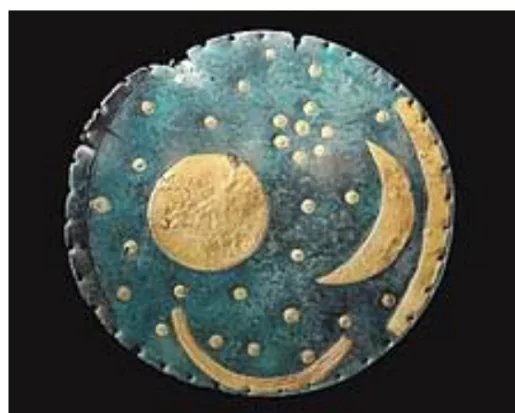Introduction
Astronomy through ages has been a journey of exploration, understanding, and wonder. From ancient civilizations’ observations of celestial bodies to modern space exploration, each era has expanded our knowledge of the universe, inspiring awe and curiosity.
Development of Astronomy

- The early expositions of Indian astronomy were designed to organize large sacrifices. These were recorded in the Jyotisha Vedanga.
- Aryabhatta’s book Aryabhattiya has dedicated two out of four sections to Astronomy.
- The book covered various aspects of astronomy, including definitions, methods for determining planetary positions, descriptions of sun and moon movements, and eclipse calculations.
- The book mentions that Earth is a sphere and rotates on its axis. Lunar eclipses occur when Earth’s shadow falls on the moon, and solar eclipses happen when the moon’s shadow falls on Earth.
- ‘Khagol’ was the famous astronomical laboratory in Nalanda where Aryabhatta studied.
- Varahamihira summarized the observations of five schools of astronomy (namely the Surya, Romaka, Paulisa, Vasistha and Paitamaha Siddhantas) in his text, the Panch Siddhantika.
- Firoz Shah Tughlaq established observation posts in Delhi, while Firoz Shah Bahmani, with the guidance of Hakim Hussain Gilani and Syed Muhammad Kazimi, set up an observatory in Daulatabad.
- Mahendra Suri, a court astronomer of Firoz Shah, created an innovative astronomical instrument known as Yantraja.
- Parameshvara and Mahabhaskariya were renowned families of astronomers.
- Nilakantha Somasutvan authored a commentary on Aryabhatta’s work.
- Kamalakar delved into Islamic ideas on astronomy and was an authority on Islamic knowledge.
- Jaipur Maharaja, Sawai Jai Singh II, established five astronomical observatories (Jantar Mantar) in Delhi, Ujjain, Varanasi, Mathura, and Jaipur.
Enroll now for UPSC Online Course
Conclusion
- The evolution of astronomy through ages illustrates humanity’s enduring fascination with the cosmos.
- From early astronomers’ interpretations of the stars to contemporary telescopic observations and space missions, our quest to unravel the mysteries of the universe continues, driving scientific inquiry and technological innovation forward.
![]() April 15, 2024
April 15, 2024
![]() 1286
1286
![]() 0
0
